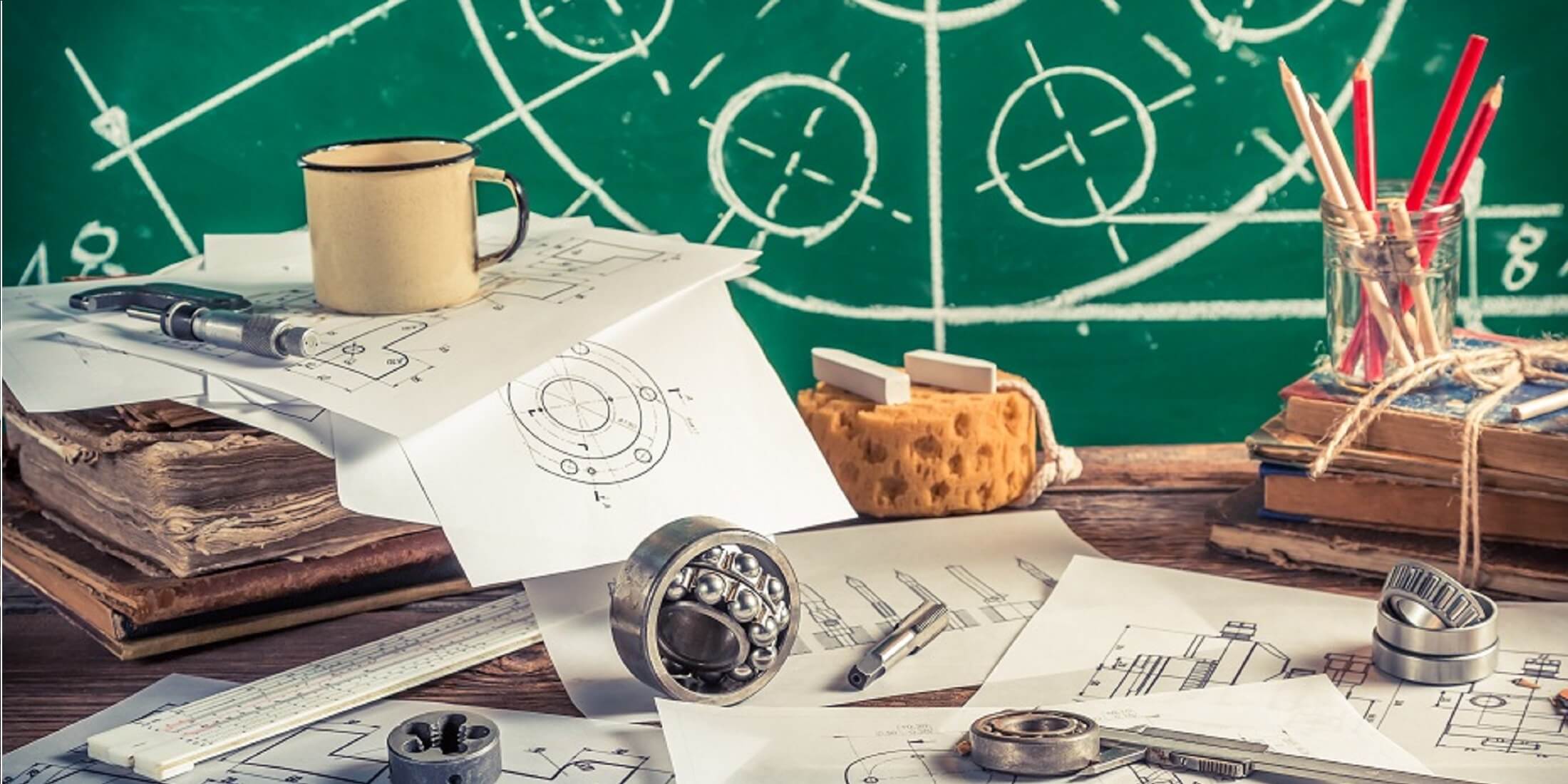This course is certified by the European society for precision engineering & nanotechnology (euspen) and the Dutch Society for Precision Engineering (DSPE) and leads to the ECP2-certificate.
The application of passive damping is becoming a key knob for getting precision engineering applications to meet tighter specifications over time. In particular for high-tech systems, we see high-bandwidth control of systems that are classically designed for high reproducibility, i.e. based on masses and springs, becoming increasingly difficult. Despite the risk of hysteresis related virtual play, passive damping can highly simplify controller design and improve positioning performance.
This course will address the design, modelling and implementation of passive damping in high-tech systems. We will discuss the trade-offs between damping on the one hand, and stiffness and position uncertainty on the other. Various passive damping principles will be discussed, viz. material damping (viscous-, linear viscoelastic- and composite damping), tuned mass- and robust mass damping, and constrained- and free-layer damping. We will focus on different application areas, such as medical equipment, machine tools and semiconductor applications.
This training is available for open enrollment as well as for in-company sessions.
Objective
Participants will acquire a mix of theoretical background, do's and don'ts and practical insight. After the course, participants understand the potential of the different passive damping approaches and will be able to initiate, specify and guide the development or select the proper off-the-shelf solution.
Target audience
This course is intended for engineers (both designers and architects) involved in high precision motions systems who want to gain more insight into the possibilities and limitations for the applications of passive damping.
It is recommended that participants already have a Bachelor or Master degree in mechanical- or electrical engineering, mechatronics, physics, or an equivalent practical experience, and have some basic understanding of precision engineering. This course is particularly suitable for engineers having followed the course in 'Design Principles for Precision Engineering' and/or ‘Dynamics and Modelling’.
The course attracts participants from both the Netherlands and abroad, creating an international atmosphere that fosters valuable knowledge exchange. If you're traveling from outside the country, you can find useful travel information here.
Program
Day 1
- Introduction passive damping: Recap Design principles, Dynamic modelling, Motion control; Definition; Trade off Damping vs. stiffness and Damping vs. virtual play.
- Examples in other application areas: Aviation; Structural buildings; Machine tools.
- Discussion of damping principles: Material damping; TMD, RMD, CLD, FLD; Eddy-current damping; Friction damping.
Day 2
- Material damping: Structural material damping; Viscous fluid damping; LVE material damping.
- Demo / Exercise
- Tuned mass damping: TMD tuning; Case: MRI scanner.
- Constrained layer damping: RKU modelling approach; Case: Flexures and frames.
- Exercise
Day 3
- Constrained layer damping for discontinuous surfaces: Hybrid approach.
- Robust mass damping: Viscous damper design and testing; Case: Semiconductor wafer stage.
- Integral modelling and optimisation: Modeling approach; Optimisation algorithm; Case: Over-actuated wafer chuck.
- Viscoelastic actuator damping: Modeling approach; Case: Semiconductor wafer stage.
- Wrap-up
Certification


More information
Course Reviews

%20800x400.jpg)




